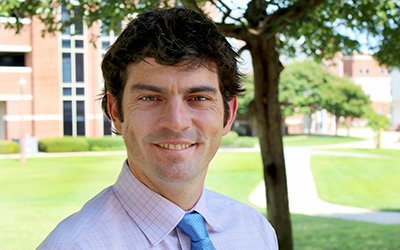We must then repeat that Scripture is not the Word itself, but rather the Spirit’s testimony concerning the Word, which springs from an indissoluble bond and marriage between the Spirit and those eyewitnesses who were originally invited and admitted to the vision. With such an understanding of Scripture, we can say further that its testimony possesses an inner form which is canonical simply by being such a form, and for this reason we can ‘go behind’ this form only at the risk of losing both image and Spirit conjointly. Only the final result of the historical developments which lie behind a text – a history never to be adequately reconstructed – may be said to be inspired, not the bits and scraps which philological analysis thinks it can tear loose from the finished totality in order, as it were, to steal up to the form from behind in the hope of enticing it to betray its mystery by exposing its development.
Does it not make one suspicious when Biblical philology’s first move in its search for an ‘understanding’ of its texts is to dissect their form into sources, psychological motivations, and the sociological effects of milieu, even before the form has been really contemplated and read for its meaning as form? For we can be sure of one thing: we can never again recapture the living totality of form once it has been dissected and sawed into pieces, no matter how informative the conclusions which this anatomy may bring to light. Anatomy can be practiced only on a dead body, since it is opposed to the movement of life and seeks to pass from the whole to its parts and elements. It is not impossible that certain relations within the canonical form itself may occasionally call for and justify such a procedure.
But one should first ask whether such attempts to work back ‘scientifically’ to real or alleged sources are not most useful when they once again demonstrate the indivisibility of the definitively expressed Word. With respect to our scholars, may we not credit the Holy Spirit with a little divine humor, a little divine irony? And would it be erroneous to find some connection between this divine irony and honor and the Gospel’s four-fold form? This would suggest that the unique and divine plasticity of the living, incarnate Word could not be witnessed to other than though this system of perspectives which, although it cannot be further synthesized, compensates for this by offering a stereoscopic vista.
And the divine irony would further suggest that the main fruits to be gathered from the very unfruitfulness and failure of the scientific experiment would be the very clearer exigency of returning to the one thing necessary. We must return to the primary contemplation of what is really said, really presented to us, really meant. Regardless of how distasteful this may be to some, we must stress that, in the Christian realm, such contemplation exactly corresponds to the aesthetic contemplation that steadily and patiently beholds those forms which either nature or art offers to its view. Inspiration in its totality is to be grasped only in the form, never in psychology and biography. And, therefore, if any kind of Biblical philology is to be fruitful, it must have its point of departure in form and must lead back to it.
Only Scripture itself possesses the power and the authority to point authentically to the highest figure that has ever walked upon the earth, a figure in keeping with whose sovereignty it is to create for himself a body by which to express himself. But a body is itself a ‘field’, and it requires another ‘field’ in which to expand, a field part of whose form it must already be if it is to stand in contrast to it. Christ’s existence and his teachings would not be comprehensible form if it were not for his rootedness in a salvation-history that leads up to him. Both in union with this history and in his relief from it, Christ becomes for us the image that reveals the invisible God. Even Scripture is not an isolated book, but rather is embedded in the context of everything created, established, and effected by Christ – the total reality constituted by his work and activity in the world. Only in this context is the form of Scripture perceivable.
H. U. von Balthasar, The Glory of the Lord: A Theological Aesthetics I: Seeing the Form, 2nd ed., trans. E. Leiva-Merikakis (San Francisco; New York: Ignatius Press, 2009), 31-32.

Powered by WordPress & Theme by Anders Norén
%d bloggers like this:

Recent Comments
MegaMAGAloveUSA!
"Lord God Almighty, please let us Christians wake up with empathy, compassion and ..."
MegaMAGAloveUSA!
"Thank you. Trying to learn a way through this all. CHRISTIANS ..."
Deb
"Thank you for this important critique of JHY's theology of the cross lived ..."
ReaderV
"There is no doubt abortion is tragic . I don't believe anyone ever ..."
Sandra
"Wow!!! I love this guy! Peacemaking is so dear to my ..."